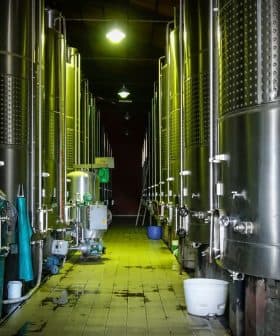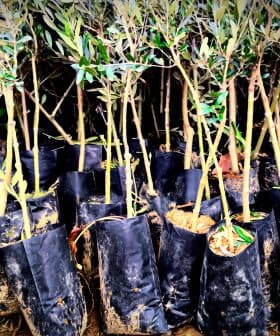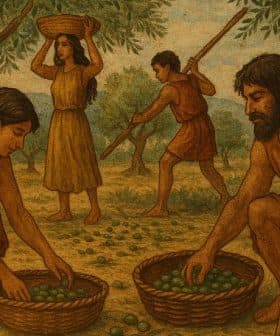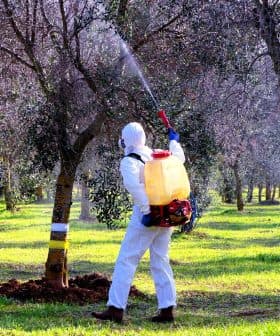Researchers Reintroduce Bats to Andalusian Olive Groves to Combat Pests
The LIFE Olivares Vivos+ project has expanded due to successful bat reintroduction efforts in the Iberian peninsula, leading to reduced use of artificial pesticides and fertilizers in olive groves. The initiative, born in 2019, promotes the use of bats as natural pest controllers and has been shown to increase biodiversity and provide economic benefits to farmers through reduced input costs.
After evaluating the results of bat reintroduction across the Iberian peninsula, the LIFE Olivares Vivos+ project announced the expansion of this initiative due to the combination of effective olive pest reduction and the subsequent ecological and financial benefits stemming from reduced use of artificial pesticides and fertilizers.
The initiative was born in 2019 when a research team from the University of Évora, Portugal, conducted a series of seminars in Spain on the efficacy of bats as natural pest controllers, highlighting their potential as an economical and sustainable alternative to the use of chemical products.
During their visit, the team studied the LIFE Olivares Vivos+ demonstration olive grove at Virgen de los Milagros, Jaén. Using purpose-built instruments and computer software, they identified between six and 10 distinct bat species in the grove over the course of a single night.
See Also:Conservationists Hope to Replicate Success of Biodiversity Project in Northeast SpainThe relatively high number of bats detected was attributed to the Olivares Vivos olive farming model, which is based on research carried out by the ecology department of the University of Jaén in conjunction with the Arid Zones Experimental Station of the Spanish National Research Council.
This model seeks to reduce the negative environmental impact of olive farming while increasing biodiversity. This is accomplished by introducing non-crop native species, installing support infrastructures for fauna such as ponds, nesting boxes and fencing posts; and the restoration of so-called “unproductive areas” in olive groves such as gullies, streams, tracks and walls.
These differences between the Olivares Vivos model and the largely uniform high-density and super-high-density groves, now common around the world, are vital to supporting insectivorous bats as, without environmental variation, echolocation is ineffective.
A major study carried out by researchers from the University of Évora demonstrated that structural simplification differentially influences the activity patterns of both insectivorous bats and insect pests within olive groves. Moreover, it suggested that structural simplification may strongly compromise biological controls provided by bats on major olive pests such as the olive fruit moth.
The visiting researchers concluded that the Olivares Vivos model represents an excellent habitat for many species of bats, many of which are threatened or endangered in the region.
Since then, the two organizations have collaborated to improve the model further, specifically incorporating bat conservation into its objectives. New measures resulting from this collaboration include the introduction of posts several meters high with a variety of attached structures to serve as shelter and nesting locations.
Not only do these encourage bats of various species to colonize the area, but they also serve as valuable echolocation reference points similar to landmarks. Such reference points are important to bats’ ability to map and effectively navigate the territory.
As with all Project LIFE initiatives, the reintroduction of bats to olive groves has very clear practical and economic objectives in addition to those concerning the environment.
A single individual will typically consume between 6,000 and 8,000 insects of varying sizes and species per night. This means that although groves following the model contain a far greater degree of biological diversity, reducing pest species such as the olive fruit fly is still significant.
In addition, bat guano is extremely rich in nitrates, to the extent that it has often been mined from caves worldwide for agricultural use.
This confers a further economic benefit to farmers through reduced input costs, as the very pests which the bats consume are then transformed into an efficient and environmentally-friendly fertilizer.
The encouraging results of the research to date also have positive implications for the expansion of Project LIFE beyond Spain and into the Alentejo region of Portugal, the regions of Tuscany and Puglia in Italy; and both the Peloponnese and Crete in Greece.
All of these areas have both local and migratory bat populations and are home to various vulnerable or threatened species that can benefit from this and similar initiatives.









